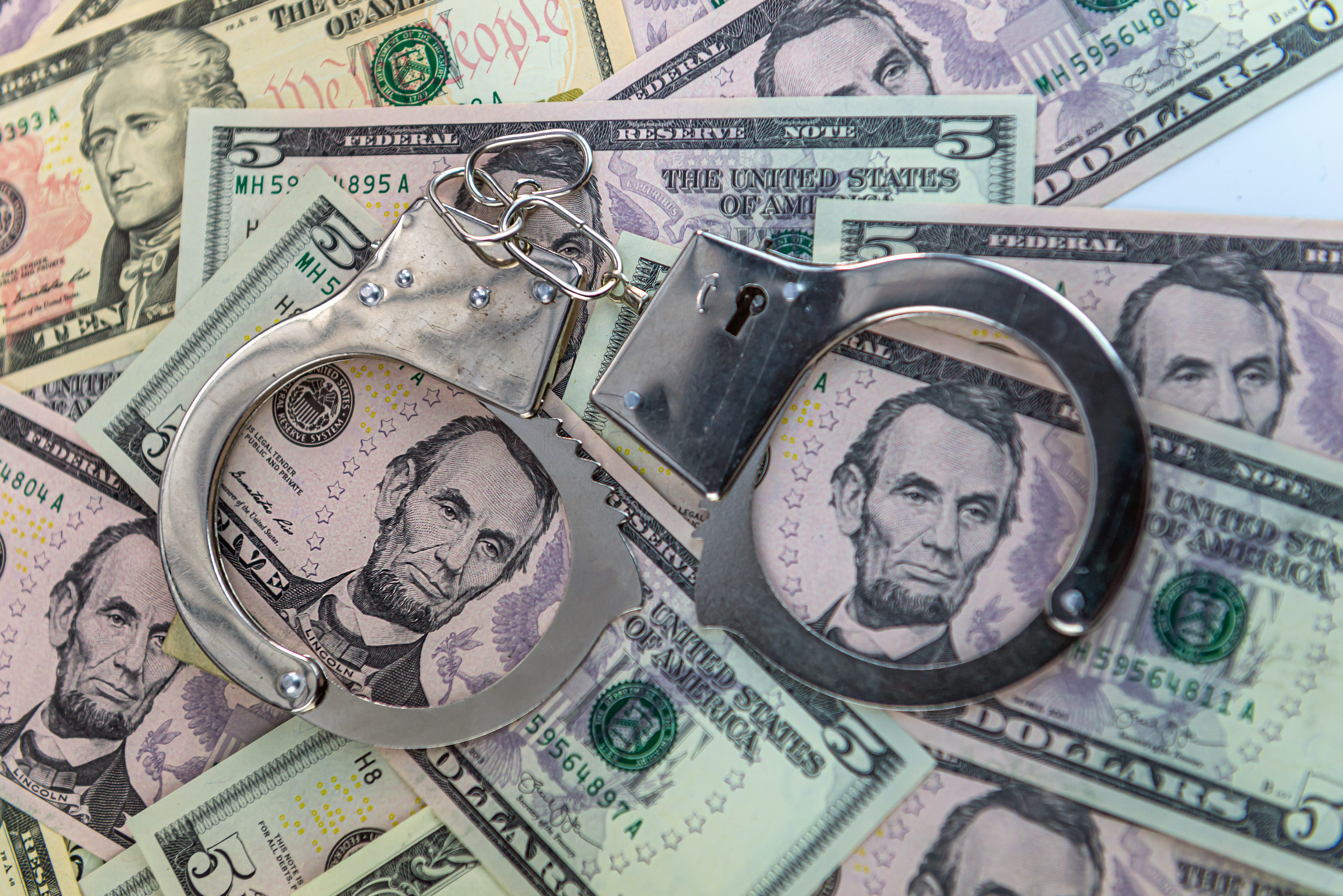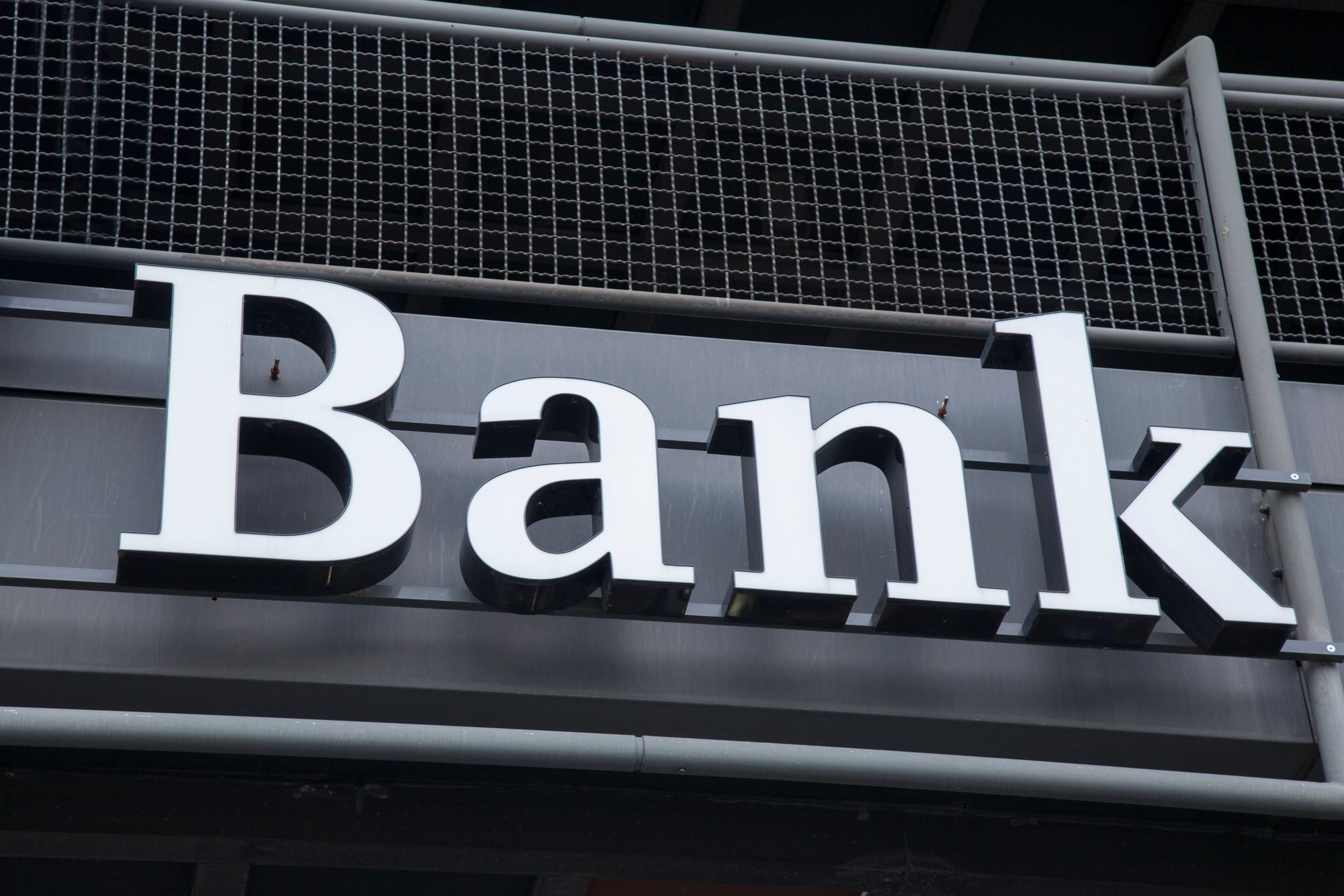In the high-stakes world of finance, reputation is everything. Just one scandal—whether involving fraud, money laundering, or mismanagement—can collapse decades of trust in a brand name. While some companies attempt damage control with apologies or leadership shake-ups, others take the more drastic step of changing their name entirely.
Rebranding can be a powerful tool to distance a firm from its troubled past and reshape its public image. It’s important to examine ten financial services that decided a new name was their best shot at a fresh start after scandal rocked their foundations.
1. WorldCom Becomes MCI
WorldCom was once one of the largest telecommunications and financial services firms in the United States, until its 2002 accounting scandal became one of the biggest in corporate history. The company admitted to inflating its assets by over $11 billion, sending shockwaves through Wall Street and wiping out thousands of jobs and pensions. In an effort to salvage what remained, WorldCom reemerged from bankruptcy under the new name MCI. While the name change couldn’t erase the damage, it allowed the company to move forward under a new identity. Eventually, MCI was acquired by Verizon in 2006, ending the saga of WorldCom altogether.
2. Andersen Consulting Transitions to Accenture
Although not directly involved in the Enron scandal, Andersen Consulting had close ties to Arthur Andersen, the accounting firm that collapsed after shredding Enron-related documents. To distance itself from the fallout and rebuild trust, Andersen Consulting rebranded itself as Accenture in 2001. The timing was strategic, as the Enron crisis was just beginning to unfold publicly. Accenture’s new name and image helped it survive and even thrive while Arthur Andersen crumbled. Today, Accenture is one of the largest consulting firms in the world, largely thanks to its successful pivot away from scandal.
3. ING U.S. Rebrands as Voya Financial
After facing scrutiny during the 2008 financial crisis and pressure to repay government bailout funds, ING U.S. decided to distance itself from its Dutch parent company. In 2014, the company officially rebranded as Voya Financial to signal a fresh start and a renewed focus on retirement and investment services. The change also marked the completion of ING Group’s divestiture from its U.S. operations. Voya’s branding focused heavily on optimism and trust, using bright orange visuals and simplified messaging. The rebrand helped Voya move beyond the stigma of the crisis and rebuild its reputation in the American market.
4. Wachovia Becomes Part of Wells Fargo
Wachovia faced serious allegations of money laundering in the mid-2000s, including a $160 million settlement related to its failure to monitor suspicious transactions. The bank also struggled during the subprime mortgage crisis, teetering on the edge of collapse. In 2008, it was acquired by Wells Fargo in a deal that effectively buried the Wachovia name. Although the acquisition preserved customer assets and jobs, it also allowed Wells Fargo to sidestep some of the reputational damage. The Wachovia name disappeared from branches and public documents, replaced by Wells Fargo’s more stable brand.
5. GMAC Turns into Ally Financial
GMAC, once the financial arm of General Motors, was badly hit by the 2008 financial meltdown and needed a $17 billion government bailout to survive. The company had deep exposure to the subprime mortgage market through its subsidiary, Residential Capital. In 2010, GMAC rebranded itself as Ally Financial to signal a complete cultural and operational overhaul. The new name reflected a commitment to consumer banking and distancing from its risky past. Ally has since built a reputation as a digital-first, customer-centric bank, leaving the baggage of GMAC behind.
6. Countrywide Absorbed by Bank of America
Countrywide Financial was one of the most infamous players in the subprime mortgage crisis, accused of predatory lending and deceptive loan practices. As lawsuits piled up and public trust evaporated, Bank of America acquired Countrywide in 2008. The acquisition did not come with a rebrand for Countrywide because the name itself was retired altogether. Bank of America gradually absorbed its operations and phased out any visible connection to Countrywide. This decision helped Bank of America avoid long-term association with one of the crisis’s most reviled names.
7. FleetBoston Merged into Bank of America
Before its acquisition, FleetBoston had been dogged by accusations of unethical banking practices and weak customer protections. The early 2000s brought unwanted attention to the bank’s aggressive fee structures and lending policies. Bank of America acquired FleetBoston in 2004, quickly erasing the brand from its branches and public messaging. The rebrand allowed the merged company to avoid further scrutiny linked to FleetBoston’s past. It also streamlined operations under a single, more trusted identity during a time of industry consolidation.
8. First Union Morphs into Wachovia
Before Wachovia itself ran into trouble, it had already become a refuge for another embattled institution—First Union. First Union had a reputation for poor customer service and an aggressive acquisition strategy that led to operational chaos and negative press. In a 2001 merger with Wachovia, the combined entity took on the Wachovia name despite First Union being the larger company. The rebranding was a calculated move to leave First Union’s image issues behind. Ironically, years later, the Wachovia name would face a similar fate.
9. MBNA Folded into Bank of America
MBNA was once the largest independent credit card issuer in the world, but by the mid-2000s, it had become a symbol of aggressive marketing, high interest rates, and questionable debt practices. Facing increased regulation and consumer backlash, MBNA was acquired by Bank of America in 2006. The MBNA name was quietly retired, and its operations were integrated into Bank of America’s credit card division. By erasing the MBNA brand, Bank of America aimed to mitigate any reputational damage associated with its controversial practices. The move also helped consolidate its position in the credit card market.
10. RBS Citizens Rebranded as Citizens Bank
The Royal Bank of Scotland (RBS) faced massive fallout after the 2008 financial crisis, including a near-collapse that required government intervention. Its American subsidiary, RBS Citizens, suffered from the association and struggled to grow amid public skepticism. In 2014, the company dropped “RBS” and rebranded simply as Citizens Bank. This helped the bank redefine itself as a locally focused, independent institution. The new branding emphasized transparency and reliability, in sharp contrast to its troubled parent company.
The Power of a Name
In the financial world, a name carries weight—sometimes too much. These companies learned the hard way that when trust is broken, a rebrand can be one of the few options left to rebuild credibility and distance from scandal. While changing a name does not erase history, it does offer a strategic pivot to redefine public perception and start fresh. In many of these cases, rebranding was followed by structural and cultural changes, which were just as essential in restoring trust.
What are your thoughts on companies changing their name after scandal—clever tactic or just PR smoke and mirrors? Leave a comment and join the conversation.
Read More
10 Political Scandals That Shattered Public Trust for Good
Bank Policies That Changed This Year (But Nobody Told You)


